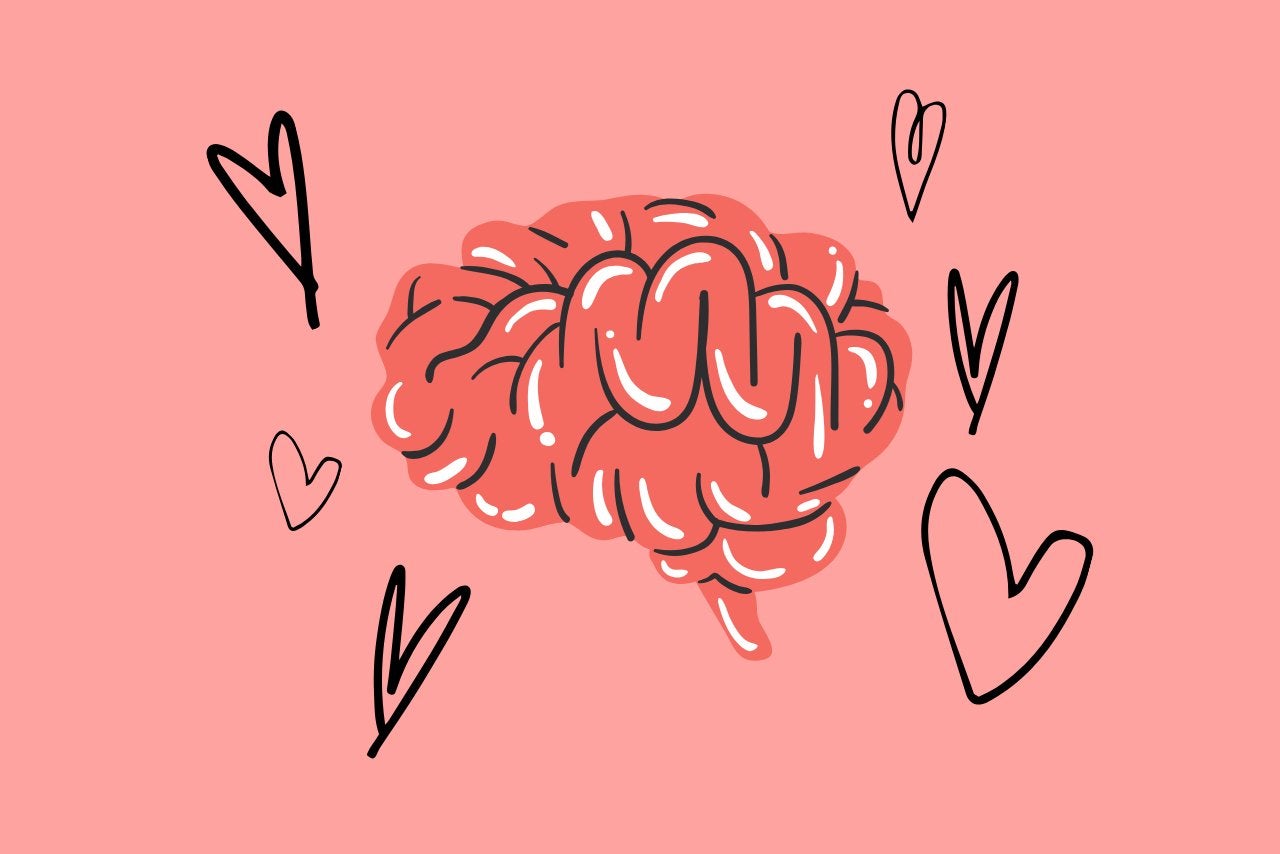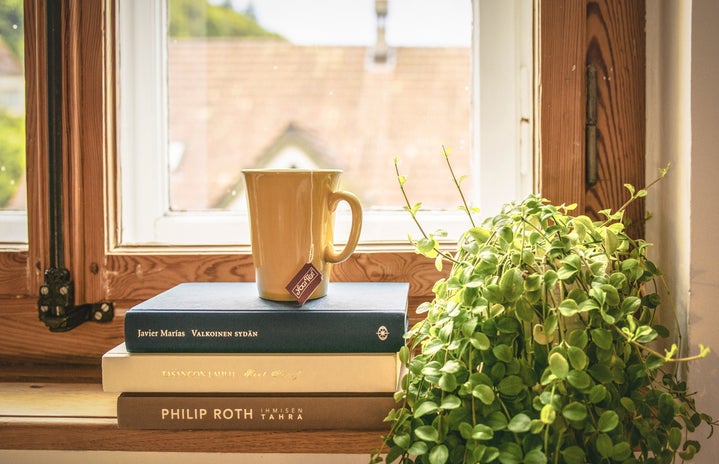At 16, everything seemed like it was supposed to fall into place. High school was supposed to be fun, carefree even, with a mix of teenage drama and dreams of the future. But for me, that wasn’t the case. At 16, my life started to unravel, and it was subtle at first—like tiny cracks in a foundation that no one else noticed but me. What started as feeling “off” on certain days turned into weeks of heavy, unexplainable sadness. The kind where you’re surrounded by friends and still feel completely isolated. It was the beginning of what would become a years-long journey into darkness I never saw coming.
By 17, I had my first diagnosis: depression. It sounded so simple at the time. The doctor said it like it was a common cold: “Take these meds, and you’ll feel better.” But nothing about it was simple. The sadness stuck around, creeping into every corner of my life. My grades slipped. I stopped caring about the things I used to love—art, baking, running, or even just hanging out after school with my friends. It all felt dull. The meds helped, but only just enough to keep my head above water.
Then came the anxiety. It started small—like that jittery feeling before a big test or presentation. Except, for me, it never went away. It followed me into every room, every conversation. I’d feel my heart racing for no reason, my palms sweating as I walked down the hallway, hyper-aware of every glance thrown my way. At 18, I was diagnosed with generalized anxiety disorder. Two labels now. Two sets of pills. And the doses kept going up, but the relief never seemed to come.
When I went to university, I thought a fresh start would help. Queen’s was supposed to be my escape—a place where I could leave all that baggage behind. But instead, it got worse. Being surrounded by so many people only amplified the feelings that I once tried to push down. I couldn’t shake the feeling that everyone was watching, judging. Social anxiety became my new reality, and even simple things like grabbing a coffee felt overwhelming. I’d stand in line, rehearsing my order in my head, terrified I’d say something wrong or that I’d come off as awkward. It was exhausting.
And just when I thought I had hit rock bottom, dissociative personality disorder entered the picture. Imagine feeling like you’re watching your own life from a distance, like you’re not even real—just a character in a movie. It was terrifying. I would lose chunks of time, feel disconnected from everything around me, and sometimes, I’d look in the mirror and not even recognize myself. It’s a hard concept to explain to people who haven’t been there. It’s not just “spacing out” or daydreaming; it’s like losing yourself entirely.
By this point, I had seen more doctors, more therapists, and tried more medications than I could count. It was a constant shuffle—upping one pill’s dosage, adding another, tapering down the next. Every time I thought I’d found the right balance, the storm inside me would shift, and I’d be back at square one.
Self-harm became a coping mechanism somewhere in the middle of all this. It wasn’t something I planned or even fully understood. It just felt like a release—like the physical pain was easier to manage than the mental chaos. It’s hard to admit, even now, but it was a part of my story. Another chapter in the ongoing fight to feel something other than the numbness that was slowly taking over.
I’m 21 now, and that storm hasn’t entirely passed. I still wake up some days with a heaviness in my chest that feels impossible to shake. There are still moments where I feel disconnected from everything and everyone, like I’m floating through my life rather than living it. But something shifted in me recently, something that gave me hope where there once was none. It wasn’t a medication or a new therapy. It was a choice. A choice to embrace a different way of living—a softer way.
The soft life wasn’t something I actively sought—it was something I stumbled into, almost as if the universe quietly placed it in front of me when I needed it most. For years, I had been conditioned to believe that healing meant fighting. That in order to reclaim my life, I needed to claw my way out of the pit I was stuck in, to be relentless in my pursuit of “getting better.” But what I didn’t realize was that in all that fighting, I was losing the very parts of myself I so desperately wanted to save.
The soft life became my lifeboat not because it offered an escape from the storm, but because it allowed me to float above it. I had spent so much time wrestling with my mental illness, trying to outsmart it, outrun it, overpower it—and I was exhausted. The constant battle of medication changes, therapy sessions, and self-imposed expectations to be “normal” again had worn me down to the point where I no longer recognized the girl who once found joy in life’s smallest pleasures.
In embracing the soft life, I found something I had lost in the noise—stillness. It wasn’t the absence of pain or suffering, but rather a space where I could exist without the constant pressure to fix everything. It was an invitation to breathe, to slow down, and to finally let go of the notion that my worth was tied to how well I could hide my struggles. The soft life gave me permission to stop fighting so hard. It told me it was okay to be gentle with myself, to let myself be carried instead of always swimming against the current.
I began to see that my softness—the parts of me that were quiet, reflective, and tender—weren’t weaknesses to be corrected. They were my anchors. The soft life reminded me that there was strength in choosing peace, in finding contentment in simply existing rather than constantly striving. It wasn’t about lowering my expectations or giving up; it was about reframing what survival looked like for me. It wasn’t about pushing myself to the brink just to prove I could withstand the pressure. It was about learning how to live alongside my mental illness, to navigate it with grace instead of brute force.

It was through this gentle approach that I found myself again, not in grand gestures or monumental changes, but in the quiet moments. In the softness of a slow morning where I didn’t have to rush, in the calm of allowing myself to rest without guilt, in the realization that I didn’t have to prove anything to anyone, not even myself.
The soft life wasn’t about changing who I was or overcoming my mental illness. It was about learning to coexist with it, to create a life that honored both my struggle and my need for peace.
This shift, this embrace of softness, became the lifeboat I didn’t know I needed. It didn’t offer a way out of the storm, but it offered a way through it. It reminded me that I didn’t need to be relentless in my fight for survival. Sometimes, it’s okay to let go of the fight and simply float, trusting that the soft currents of life will guide me forward in their own time. And in that trust, I found a kind of strength I never knew I had—a strength that didn’t rely on being tough, but on being kind, first to myself and then to the world around me.
The soft life saved me by showing me that survival isn’t always about enduring the hardest parts. Sometimes, it’s about finding the pockets of ease that exist in between the chaos. It’s about letting the softness in, even when the world tells you that you should be harder, stronger, better.
For me, the soft life was not just a choice—it was a lifeline. It was what kept me afloat when everything else felt like it was pulling me under.




